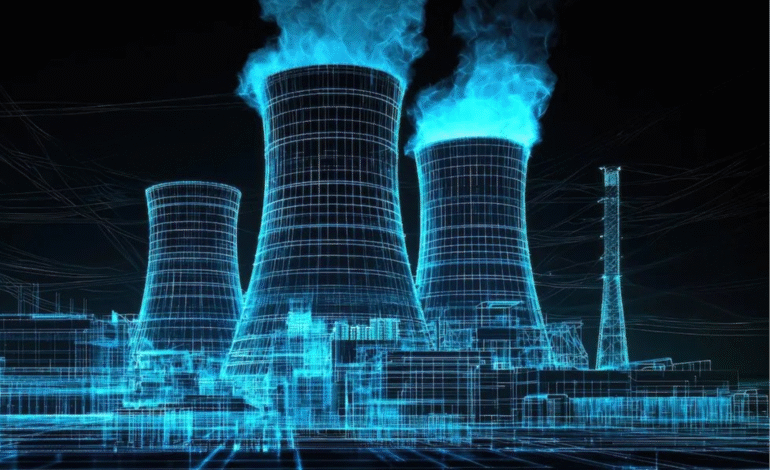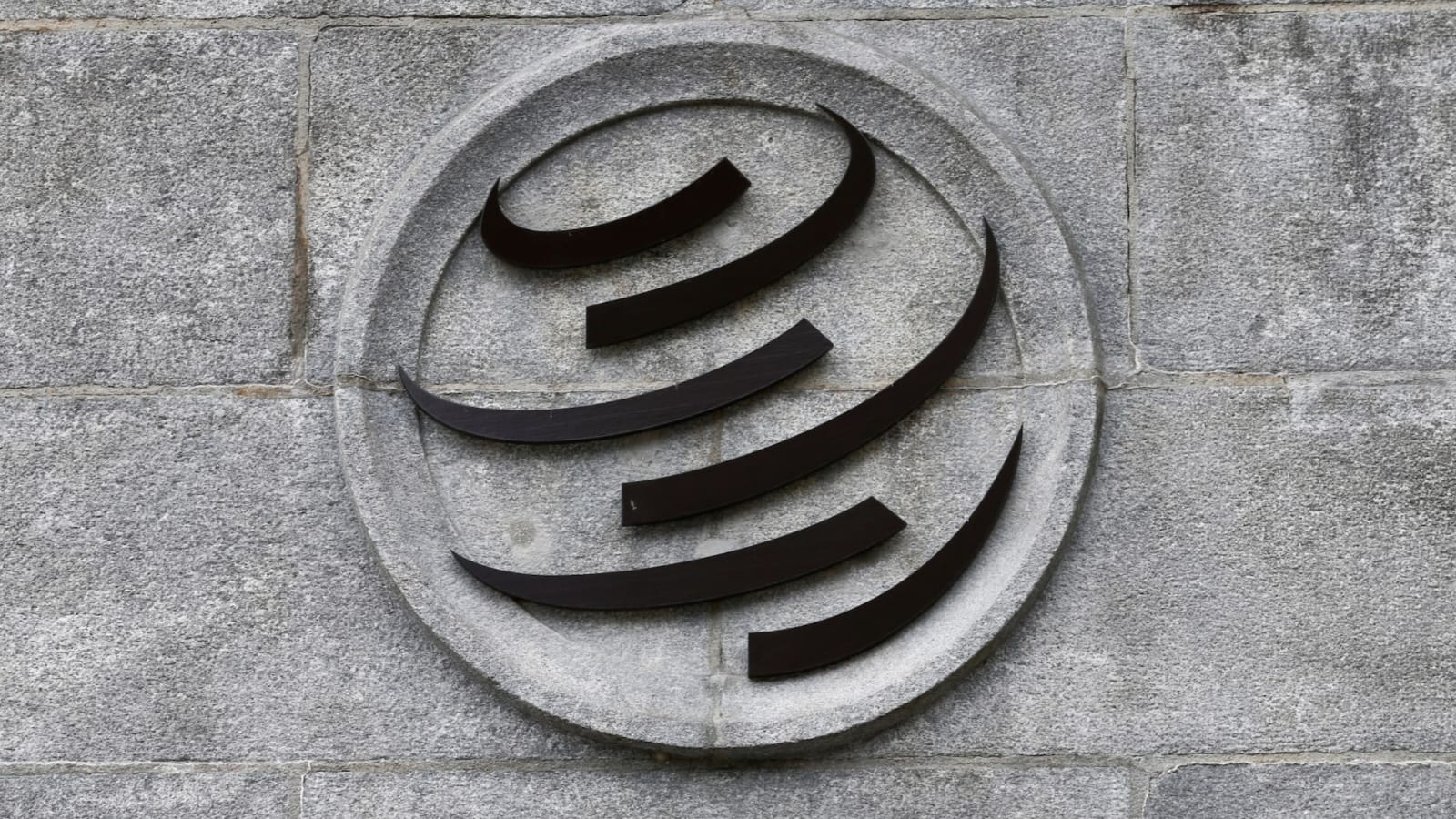Nvidia Invests in Nuclear Energy to Power AI Data Centers

As artificial intelligence technology continues to advance, one consequence has become strikingly clear—AI is incredibly power-hungry. The scale of modern data centers, especially those used for AI training, inference, and cloud computing, is pushing the limits of existing energy infrastructure. With AMD recently stating that future zettascale supercomputers may need half a gigawatt of power—equivalent to the electricity consumed by 375,000 homes—there is a growing concern that national power grids may not be able to keep up with AI’s accelerating energy appetite.
This reality is reshaping how tech companies think about their energy strategies. To stay ahead, many are investing directly in small modular nuclear reactors (SMRs)—an emerging class of energy technologies that offer safe, scalable, and sustainable electricity. The latest to join this energy transformation is Nvidia, aligning itself with other major firms already taking similar steps.
Nvidia Backs TerraPower’s Vision for Future Energy
Nvidia, the global leader in AI chips and computing systems, has joined forces with Bill Gates and HD Hyundai to invest in TerraPower, a nuclear innovation company Gates founded in 2006. The $650 million investment round aims to support TerraPower’s Natrium reactor, a novel small modular reactor (SMR) concept designed for both power generation and energy storage.
TerraPower’s Natrium reactor offers 345 megawatts of electrical output and an additional 1 gigawatt of thermal energy storage using molten salt. This design allows operators to balance energy output to match demand—a critical feature for AI data centers, which often experience energy spikes during intensive workloads. This hybrid design of fast reactor cooling with energy storage is being heralded as a major advancement in nuclear technology.
While non-nuclear construction has already started in Kemmerer, Wyoming, TerraPower awaits regulatory approval from the U.S. Nuclear Regulatory Commission (NRC) to begin building its nuclear systems. The company doesn’t expect full approval before 2026, with operations potentially beginning around 2030.
The Natrium Reactor: Small Scale, Big Potential
TerraPower’s Natrium project is part of the Advanced Reactor Demonstration Program (ARDP) funded by the U.S. Department of Energy (DOE). The goal is to rapidly bring advanced reactors to market that are safer, more flexible, and easier to construct than conventional nuclear plants.
The Natrium plant stands out for its use of liquid sodium as a coolant—an approach that allows for higher efficiency and greater safety than traditional water-cooled reactors. Additionally, its molten salt energy storage system allows it to function like a battery, delivering on-demand power without needing to constantly produce electricity. This is ideal for regions with fluctuating energy needs or limited grid infrastructure.
According to TerraPower, this hybrid reactor could significantly aid industries like cloud computing and AI that require constant, scalable energy sources without interruptions.
Tech Giants All-in on Nuclear: Not Just Nvidia
Nvidia’s investment joins a growing list of major technology players that are committing resources to nuclear energy solutions for their own operations.
Oracle has secured permits to build three SMRs capable of producing 1 gigawatt of power, enough to support its expanding AI cloud services. Microsoft has entered into an agreement to restart operations at the Three Mile Island nuclear facility, historically associated with the 1979 incident, but now seen as a viable option to generate clean energy using modern safety systems.
Google, through a partnership with Kairos Power, has signed a deal for seven SMRs to power its future operations. These reactors use molten fluoride salt, offering high thermal efficiency and passive safety mechanisms.
Amazon has diversified its approach by investing in three energy firms, two of which specialize in nuclear power, ensuring it can meet growing energy demands from its AWS infrastructure and AI tools.
Interestingly, Meta (formerly Facebook) was late to enter the nuclear energy arena, only opening developer proposals for nuclear solutions in late 2024. CEO Mark Zuckerberg remarked that with the GPU shortage finally easing, electricity—not hardware—is now the bottleneck limiting AI’s progress.
Why Small Modular Reactors Appeal to AI Companies
Small Modular Reactors (SMRs) represent a new generation of nuclear reactors designed to be compact, cost-effective, and scalable. Unlike traditional nuclear power plants, SMRs can be built in a factory-like setting, transported to sites, and assembled quickly. They require less fuel, lower upfront capital, and offer faster deployment.
For tech firms running energy-hungry operations 24/7, these characteristics make SMRs an attractive alternative to unstable or carbon-heavy power grids. AI model training and inference workloads are extremely demanding, often requiring millisecond-level reliability and near-constant uptime—conditions where power disruptions are unacceptable.
Additionally, SMRs often feature passive safety systems that reduce risk by using natural physics (like gravity or convection) rather than active mechanical systems, enhancing public trust and regulatory confidence.
Other Promising Nuclear Innovations in Development
Beyond TerraPower’s Natrium reactor, other innovative projects are advancing rapidly. Kairos Power’s Hermes reactor, now under construction in Oak Ridge, Tennessee, is a non-power demonstration unit that will test the viability of using molten fluoride salt as a coolant. Although it will not generate electricity, it will produce around 35 megawatts of heat and serve as a critical milestone toward commercial reactor deployment.
Meanwhile, legacy nuclear firm Westinghouse is pushing boundaries with its eVinci micro reactor. This compact unit can deliver 5 megawatts of power and operate for up to eight years without refueling. Its portability allows it to be delivered on the back of a semi-truck, making it suitable for deployment in remote areas or mobile data centers. Once the fuel is depleted, the unit can be removed and replaced, minimizing downtime and reducing operational complexity.
Regulatory Hurdles and Public Perception of Nuclear Power
Despite progress, the road to operational nuclear-powered data centers is not without obstacles. In the U.S., the Nuclear Regulatory Commission (NRC) maintains rigorous safety and environmental standards, which often lengthen project timelines. TerraPower’s own Natrium project, for example, is still waiting for full nuclear construction approval, despite starting work on non-nuclear facilities.
Public perception also remains cautious. While many recognize the climate benefits of carbon-free nuclear energy, concerns about safety, waste disposal, and nuclear proliferation still linger. Proponents argue that advanced reactor designs, like Natrium and eVinci, are specifically engineered to address these issues.
To further allay public fears, many companies are emphasizing transparency, community engagement, and robust emergency protocols as part of their rollout strategies.
AI and Energy: A High-Stakes Symbiosis
What’s unfolding is more than just a technological pivot—it’s a fundamental shift in how AI, energy, and infrastructure interrelate. Nvidia’s involvement in nuclear energy is emblematic of a growing understanding that power and performance are now inseparable in the age of AI. A company that builds some of the world’s most powerful AI chips is now helping to secure the energy future needed to run those chips at scale.
As data centers continue to multiply across the globe, especially in emerging markets and edge computing environments, scalable nuclear power could serve as the bedrock of the digital economy. It’s a convergence of two monumental industries: nuclear energy with its legacy of engineering excellence, and artificial intelligence with its transformative potential.
Final Thoughts: A Self-Powered Digital Future Takes Shape
Nvidia’s investment in TerraPower marks an important milestone—not just for the companies involved, but for the broader tech ecosystem. With the limitations of existing energy infrastructure increasingly evident, nuclear power offers a realistic, long-term solution that balances sustainability, reliability, and scale.
As other firms like Microsoft, Oracle, Amazon, Google, and Meta also lean into nuclear-powered AI infrastructure, the world is witnessing a strategic evolution in energy consumption. No longer dependent solely on public grids, tech companies are moving toward vertical integration, where they generate, store, and control their own power—and do so with minimal environmental impact.








1 Comment
[…] sustain the growth of AI workloads that run on its hardware, a dynamic captured in analyses of the Energy High Stakes Symbiosis What now […]
Comments are closed.